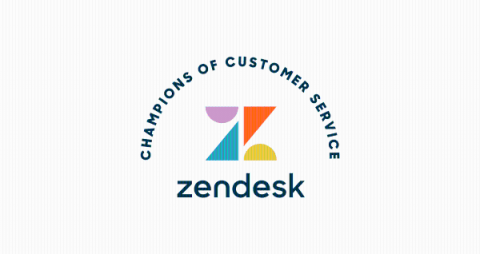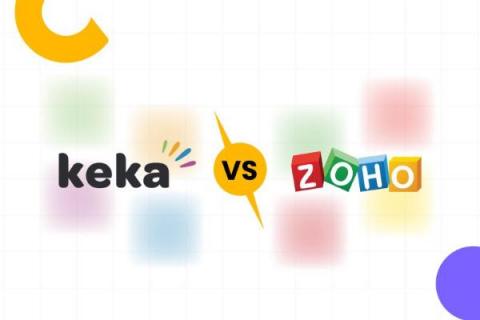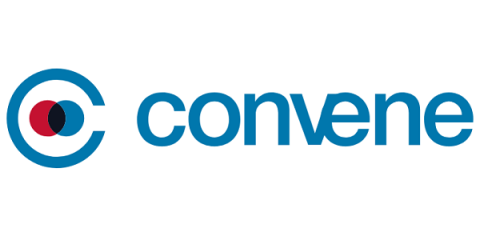What is the Customer Experience?
B2B Customer Service can make or break a company; at the center of that service lies the customer experience (CX). But while 87% of companies believe they provide a strong customer experience, only 11% of their customer base agrees. For B2B companies, that disparity can be particularly damaging. Business customers tend to have a higher standard when it comes to service. They’re typically spending more and coming to the table with more clout than the average consumer.











